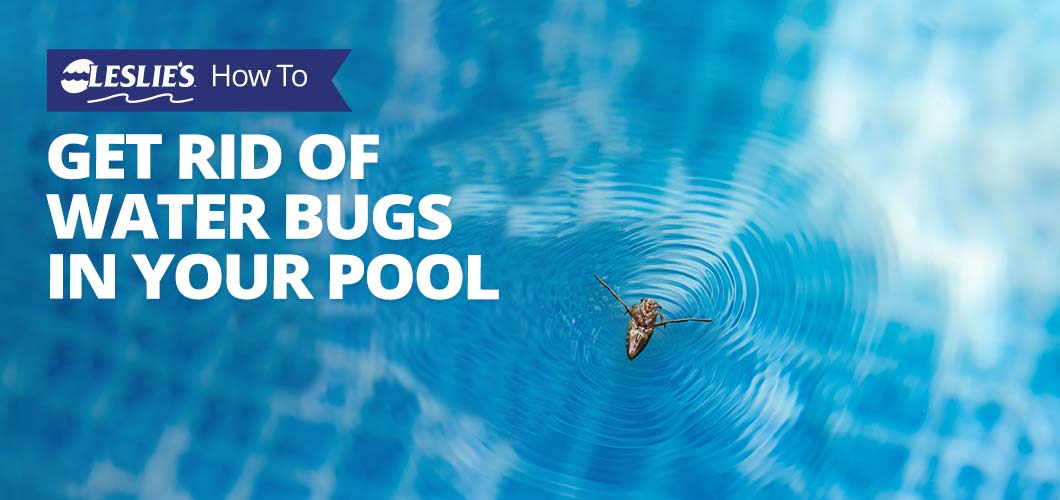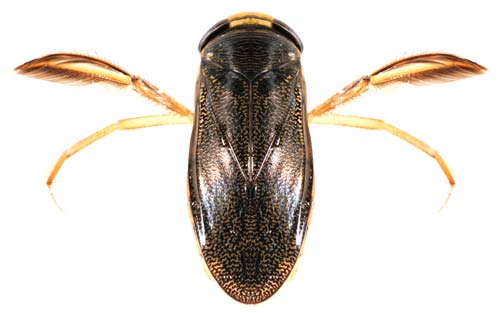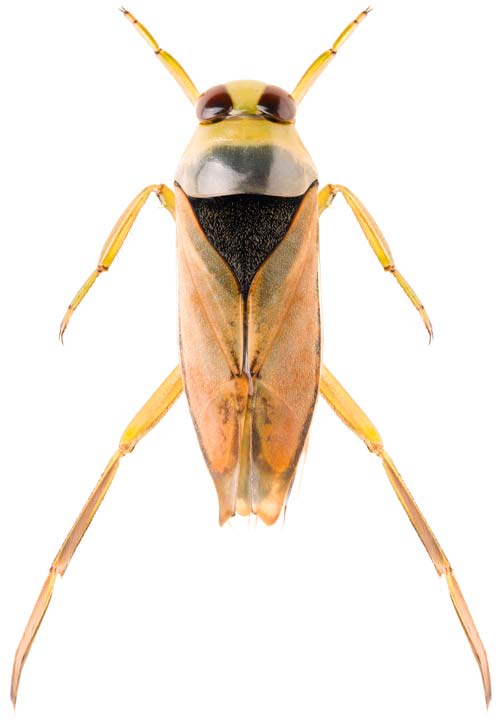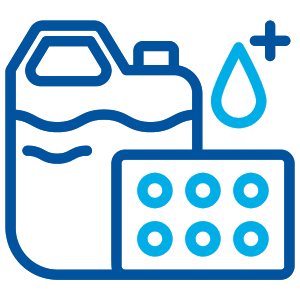
How to Get Rid of Water Bugs in Your Pool
Whether in your home or in your pool, bugs are an unpleasant and unwelcome guest. The creepy crawlies can send shivers down your spine and quickly put a damper on your day. But did you know that water bugs in your pool are often indicative of an underlying pool problem? The presence of water bugs in your pool can indicate poor pool health and lack of sanitization.
In this post, we'll go over the two most common kinds of water bugs. We'll discover why they’re in your pool, and most importantly, how to get rid of them.
What are Water Bugs, and Why are They in Your Pool?
Water bugs are aquatic insects found in natural and artificial bodies of water. They belong to the insect order Heteroptera, and there are over 300 species in North America alone. But don't panic, the majority of those species live in natural bodies of water, not in your backyard. The two most common types of water bugs you'll find in your pool are the water boatman and the backswimmer.
Water Boatman
Named for their distinct gliding motion across the surface of the water, water boatmen are small, dark-colored bugs. They eat mosquito larvae and organic microorganisms like algae, and are harmless to humans and animals.
Water boatmen themselves are not necessarily problematic, but their presence in your pool typically means you have an algae issue, whether you realize it or not. Your pool lights can attract them, but the algae will make them stay.

Backswimmer
Also named after their way of going in the water — you guessed it, they swim on their backs — backswimmers are much less pleasant than water boatmen. Not only are they carnivorous, feasting on water boatmen and other water bugs, but they pack a painful bite.
Backswimmers are known to bite people or animals in self-defense, and their bites feel like a bee sting. Backswimmers will rarely take up residence in your pool unless there are other water bugs in your pool for them to consume.

How to Get Rid of Water Bugs in Your Pool
The most effective and long-lasting way to remove water bugs from your pool is to wipe out their food source. For water boatmen, their food source is mainly organic microorganisms like algae or mosquito larvae. And since backswimmers eat water boatmen, removing the water boatmen’s food source will ultimately rid your pool of both water bugs.
Eliminating the food source of the water bugs in your pool is best achieved by managing mosquitoes and treating your pool for algae, which will in turn clear other organic contaminants from the water. Treating visible green, mustard (yellow), or black algae that has taken root and fully bloomed is an intense, time-consuming process. Refer to our pool algae blog for posts that detail the complete treatment plan for each type of algae.
Even if there are no visible algae clusters in your pool, it's still a good idea to run through an algae treatment. Even a basic algae treatment process will clean and superchlorinate your pool, killing off any growing algae particles and other organic contaminants.
Algae Treament Supplies
The following supplies are key to eliminating algae from your pool, and are essential items to keep on hand at all times.
- Pool Skimmer Net
- Pool Water Test Kit
- Water Balancing Chemicals
- Pool Brush
- Telescoping Pool Pole
- Pool Shock
- Filter Cleaner
- Phosphate Remover
- Water Clarifier
- Leslie's Algae Control
Algae Treatment Steps
The following steps will clear your pool of water bugs, algae particles, and other organic contaminants. For a more serious algae dilemma, refer to the links above for more rigorous treatments. If you're unsure what kind of algae you have in your pool, or if you have questions about pool water chemistry, bring a photo and a water sample to your local Leslie's for a free AccuBlue® water analysis and treatment plan.

- Skim Pool: Use a skimmer net to scoop up and remove the water bugs and other debris from your pool.
- Run Pump and Filter: Keep your pool pump and filter running continuously throughout the entire treatment process.
- Test and Balance Water: When treating algae, test your pool water, and adjust your chemistry to be within the following ranges:
- pH: 7.8 or higher
- Total Alkalinity: to 80–120 ppm
- Cyanuric Acid: 25–75 ppm
- Free Available Chlorine: at least 2.0–2.5 ppm
- Brush Pool Surfaces: Use a wire bristle brush to thoroughly scrub the surface of your concrete, gunite, or plaster pool. For vinyl-lined or pebble pools, use a softer nylon brush.
- Add Algae Treatment: Pour the recommended dose of Green to Clean or Yellow Out chlorine enhancer around the perimeter of your pool.
- Shock Pool: Use a calcium hypochlorite pool shock, such as Leslie’s Power Powder Plus 73, to superchlorinate the water. Using 2 pounds of shock per 15,000 gallons of pool water, shock your pool three times, waiting 12 hours between each dose.
- Turn off Pump and Test Phosphate Level: 12 hours after the last dose of shock, turn off your pool pump and backwash or clean your filter. Test the pool's phosphate levels, and use a phosphate remover if the level is higher than 100 ppb.
- Add Clarifier: Add a water clarifier like Leslie's Clear Aid to your pool once sanitizer levels are below 5 ppm. The clarifier will clear your pool of any dead algae particles.
- Test and Rebalance the Water: Once the algae is eliminated, retest your water, and balance it according to the ideal pool chemistry ranges.
Preventing Water Bugs in Your Pool
As with most pool problems, the best way to prevent an issue with your pool is to take good care of it. Keep water bugs out of your pool by staying on top of pool maintenance and water chemistry levels. Regularly cleaning your pool and checking sanitizer levels will prevent algae, taking away the water bugs' primary food source. Adding a weekly algaecide as part of your regular cleaning and sanitizing routine will give your pool even greater algae defense. Also make sure your pool receives adequate daily circulation and filtration.
Tell pesky water bugs to "bug off" once and for all! Proper pool maintenance and water testing will keep your pool clear of those unwanted critters. For more information on bug management and algae control, stop by your local Leslie's and speak with one of our pool experts.